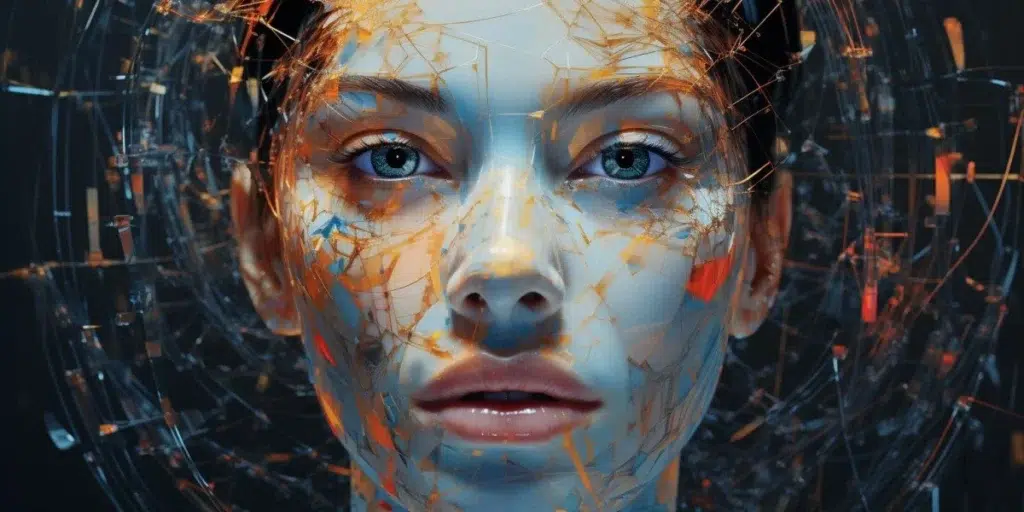What is Deepfake AI?
Deepfake AI refers to synthetic media where artificial intelligence is used to create hyper-realistic audio, video, or images that mimic real people. Derived from “deep learning” and “fake,” this technology leverages advanced machine learning techniques, particularly neural networks, to swap faces, manipulate voices, or create entirely new content that looks and sounds authentic. Originally developed for entertainment, deepfakes have rapidly evolved and now pose ethical, legal, and security concerns.
How Does Deepfake AI Work?
Deepfake creation typically involves two core technologies: Generative Adversarial Networks (GANs) and Autoencoders.
- GANs: These are composed of two neural networks—a generator that creates fake media and a discriminator that evaluates its authenticity. The generator gets better over time as it “learns” to produce more convincing fakes by competing with the discriminator.
- Autoencoders: This method involves encoding and decoding data, particularly useful in face-swapping technology, where a face in one video is replaced by another, creating a seamless look.
Both methods require vast amounts of data—usually images or videos of the target person—allowing the AI to learn facial expressions, movements, and voice patterns.
Applications of Deepfake Technology
Deepfake AI has found applications across various sectors, both positive and negative:
- Entertainment: Used to bring deceased actors back to life in films, age or de-age characters, and enhance video production quality.
- Education: Virtual tutors or trainers can use deepfake technology for realistic simulations in training programs.
- Marketing: Personalized advertisements featuring virtual brand ambassadors are a growing trend in digital marketing.
However, deepfakes have also been exploited for harmful purposes:
- Disinformation and Fake News: Deepfake videos have been used to spread false information, making it difficult to discern truth from manipulation.
- Political Manipulation: Politicians’ speeches or actions can be altered to mislead the public, influencing elections or creating geopolitical tensions.
- Cybersecurity Threats: Deepfakes are being used to bypass security systems, such as facial recognition, and in sophisticated phishing schemes where audio impersonation can trick employees into disclosing sensitive information.
Ethical and Legal Concerns
Deepfake AI has sparked widespread concerns regarding consent, privacy, and security. Key issues include:
- Misinformation: The ease with which deepfakes can be spread on social media makes them a powerful tool for spreading fake news, potentially swaying public opinion.
- Privacy Invasion: Individuals’ likenesses can be used without their consent, especially in cases where deepfakes are created for revenge pornography or malicious impersonations.
- Legal Challenges: Current laws are struggling to keep pace with deepfake technology. Few regulations exist to govern its use, though some countries, like the U.S., have passed state-level laws prohibiting malicious deepfakes.
Combating Deepfake Technology
Organizations and researchers are developing tools to detect and combat deepfakes. Several methods include:
- Deepfake Detection Software: AI algorithms designed to identify inconsistencies in videos, such as unnatural blinking, subtle lighting differences, or pixelation.
- Blockchain: Some propose using blockchain technology to track and authenticate media files, ensuring their integrity and provenance.
- Education and Awareness: Public awareness campaigns are crucial to teach individuals how to identify fake content, improving media literacy.
The Future of Deepfake AI
While deepfake AI poses significant risks, it also offers tremendous potential in fields like entertainment, education, and healthcare. Moving forward, balancing innovation with robust ethical guidelines and legal frameworks will be essential. Governments and tech companies must work together to regulate deepfakes while fostering advancements in AI-driven media.





